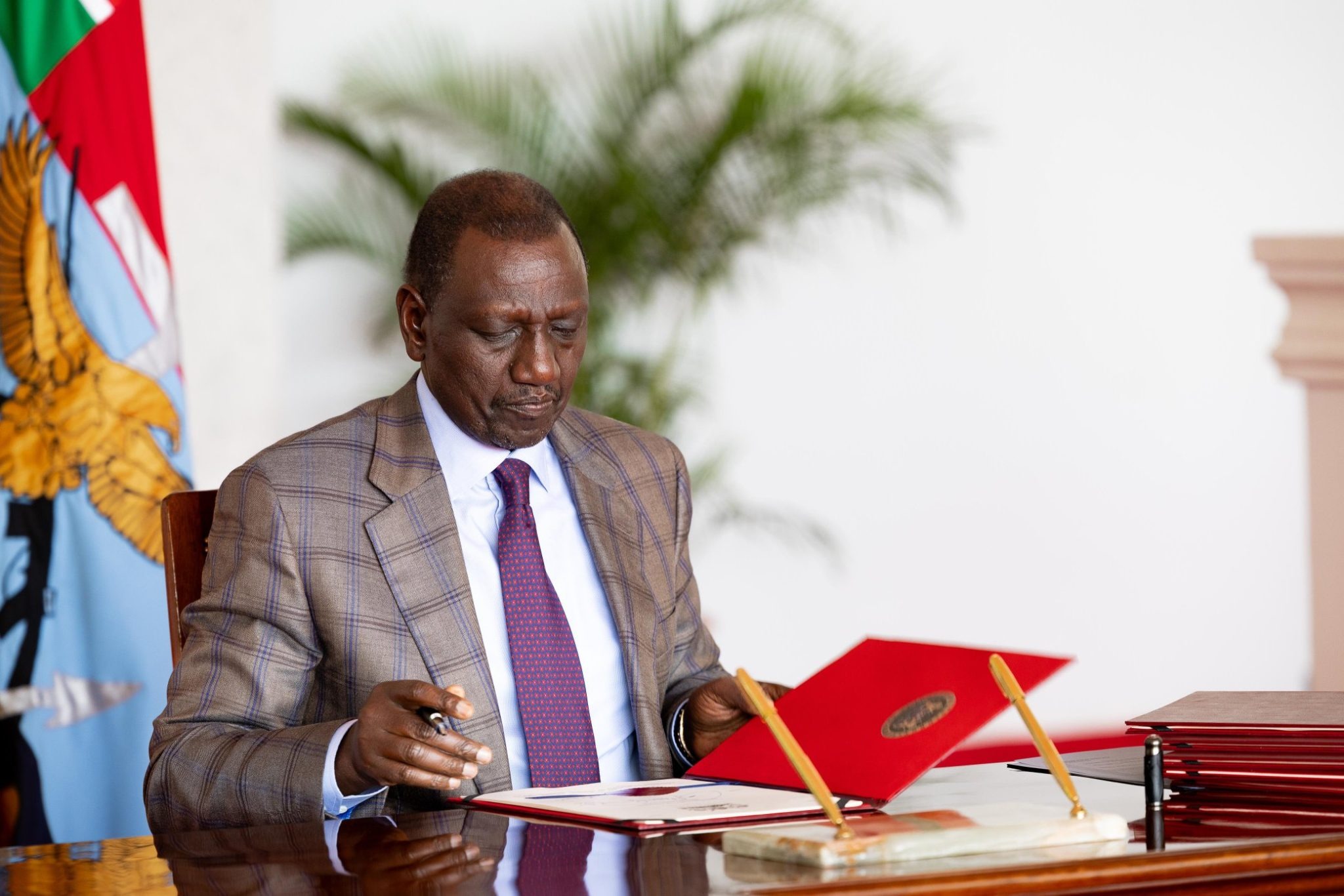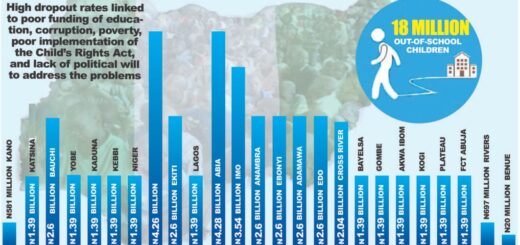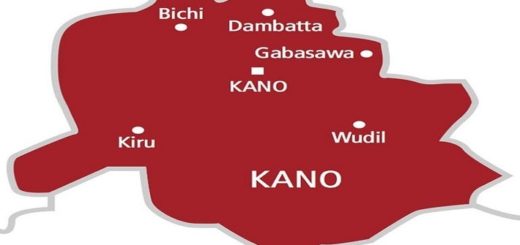Kenya youths demand Ruto’s resignation, mull fresh protest
 Young Kenyans on Friday dismissed President William Ruto’s decision to sack most of his cabinet, with some warning that they would resume street protests unless he steps down.
Young Kenyans on Friday dismissed President William Ruto’s decision to sack most of his cabinet, with some warning that they would resume street protests unless he steps down.
Ruto has been scrambling to contain the fallout of deadly protests against proposed tax hikes after last month’s peaceful rallies descended into violence and tapped into widespread anger against his government.
Organised online and led largely by young, Gen-Z Kenyans, the protests have plunged Ruto’s administration into the most serious crisis of his two-year presidency, forcing him to abandon the finance bill containing the tax hikes.
In the latest move to defuse tensions, Ruto on Thursday dismissed all cabinet ministers including the attorney-general, with the exception of Foreign Minister Musalia Mudavadi and Deputy President Rigathi Gachagua.
But the announcement, while welcomed by some, did not appease some young Kenyans frustrated with Ruto’s failure to deliver on his 2022 election promise to create jobs and boost their fortunes.
Hyrence Mwangi, 25, said: “We will be back on the streets until Ruto goes. He has wasted two years in office travelling and telling lies.”
Initially peaceful, the protests sharply escalated when police fired at crowds who stormed parliament, ransacking the partly ablaze complex.
While large-scale street protests have subsided, anger against the government has not, particularly towards the police, with rights groups saying that 39 people were killed in the demonstrations.
“When we first went to the streets, Ruto dismissed us as a bunch of hired goons and criminals, only to come later and start saying he will make changes,” said 27-year-old Jackson Rotich.
“We can’t trust him.”
Law student Melisa Agufana, 24, said she wanted to “thank the president for listening”, adding that ministers had “wasted two years doing nothing apart from being driven around with our national flag.”
Analysts said the move offered the possibility of a fresh start but warned of further risks.
“The challenge that Ruto now faces is forming a new cabinet that includes various vested interests, whilst simultaneously calming popular anger”, Gabrielle Lynch, professor of comparative politics at the University of Warwick, told AFP.
Last week, Ruto announced sharp cuts to government spending, including travel and refurbishment costs, and said he would increase borrowing to pay for some services even as Kenya grapples with massive foreign debt equivalent to roughly 70 percent of GDP.
The crisis led US-based Moody’s to downgrade Kenya’s debt rating further into junk territory, warning of a negative outlook, which will make borrowing even more expensive for the cash-strapped government.
Ruto said Thursday that he would “immediately engage in extensive consultations across different sectors and political formations, with the aim of setting up a broad-based government”, without elaborating further.













